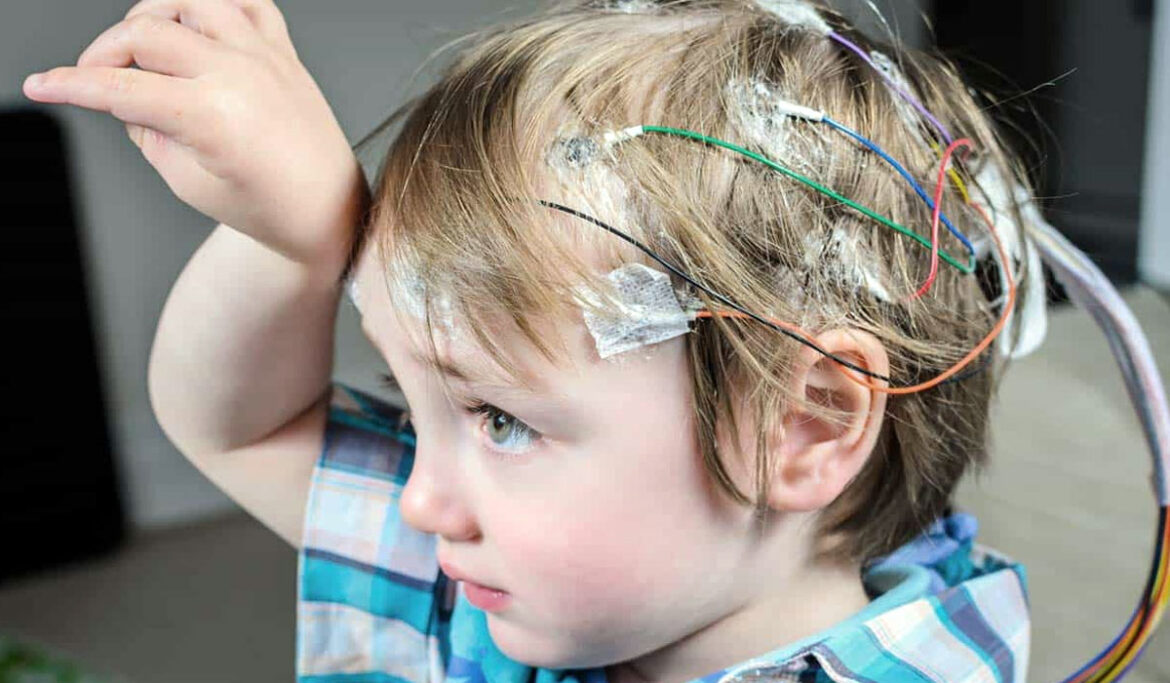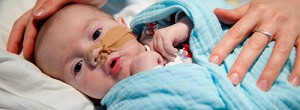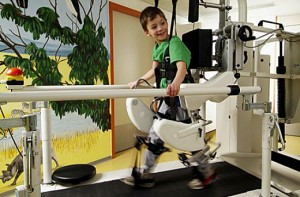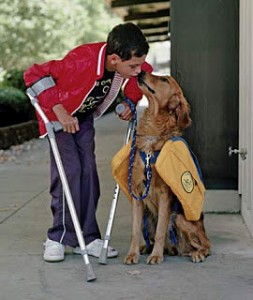A Brief recap of Celebral Palsy (I)
In Celebral Palsy (I), you read about the Cerebral palsy (CP), its causes, symptoms, diagnosis, types and some important facts related to it. You came to know that Cerebral palsy is a term that refers to a group of neurological conditions that can lead to physical disabilities in the development of a human being by the way of having an effect on the brain and the nervous system. As thought by many, children with CP do not have a problem in understanding things but just have difficulty in moving. They are actually intelligent people and can lead a happy life.
Cerebral Palsy (II) is a continuing blog that deals with the involved risk factors, Treatments, Prevention and care. Here is all you want to know –
Risk factors
The risk factors of Cerebral Palsy are not its causes but include the variables that increase the chances of development of this problem in a child. However, the absence of risk factors does not mean there will be no cerebral palsy and their presence does not mean that CP will occur. But, if a parent sees a risk factor, they should better get alert and seek professional help. Risk factors can be associated with both the parents and the child.
Following are the risk factors associated with the parents:
- The age of mothers being 40 years or above
- The age of mother and father being under 20 years
- African-American ethnicity
Following are the risk factors associated with the child:
- Being the first child or fifth child or a later one
- Being one of a pair of twins, especially if one of the twin dies
- Low birth weight, which is less than 3.5 pounds
- Premature baby- less than 37 weeks
Following are the other known risk factors:
- A-B-O blood type or Rh incompatibility between the mother and the infant.
- Infection in the mother because of German measles or other virus in the initial stage of pregnancy.
- If the central nervous system of the infant gets attacked by micro-organisms
Treatment for Cerebral Palsy
In some cases, it happens that people with cerebral palsy need lifelong assistance from their families. A child with CP needs the help of a treatment team of health care professionals who can understand his needs easily. The prime aim is that such a child can achieve his best potential and can get independent up the highest level. The team generally includes:
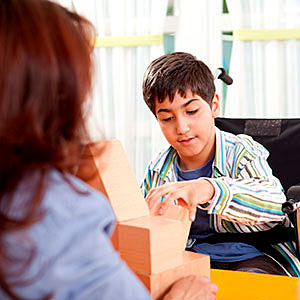
- Orthopaedic surgeons for treating problems related to bones, muscles or joints.
- Physical therapists for improving strength and movement.
- Occupational therapists for teaching skills necessary for daily living tasks.
- Language and speech experts to take of communication problems.
- Social workers for locating community assistance and educational programs.
- Psychologists to assist the child and the family for coping-up with stress or/and for behavioral therapies.
- Other medical specialists like nutritionist, eye doctors and neurologists.
Nonsurgical Treatment
Physical therapy
Once a child is diagnosed with cerebral palsy, Physical therapy starts immediately so that the child learns necessary skills such as walking, sitting or using a wheelchair. This also helps in improvement of coordination, muscle strength and balance as well as prevent of muscles from shortening. Sometimes this therapy may also include swimming and riding on a horseback necessary for toning of the muscles.
Braces, splints, and casts
The use of casts braces or splints helps in improvement of stability and mobility of joints and improvement in functioning of hands or legs. Braces help in reduction of muscle imbalance.
Botox
Injecting this drug can be injected into spastic muscles to loosen them up. It is especially helpful in children younger than 5 and when used together with casting.
Medications
Consumption of medications helps in controlling or prevention of seizures, in easing out stiffness of muscles or reduction of abnormal movements.
Mechanical aids
Special machines are available such as computerized communication devices or basic aids such as Velcro-fastened shoes or crutches that help in coping-up with impairments.
Surgical Treatment
In case contractures are severe, surgery may be required for lengthening of the affected muscles. Surgery also helps the contracted muscles create problems in joints, resulting in deformities. Surgery in some children may be required for correction of the position of their arms or legs or for correction of the curvature of the spine. A surgical option like spasticity management is inclusive of selective dorsal rhizotomy and intrathecal baclofen pumps.
Coping-up tips
It happens many times the parents of children with cerebral palsy feel guilt or grief about the condition of their child. Here are certain tips to help such parents cope-up:
- Gain as much information as possible about CP. You can also become a part of a family support group or can seek professional help. Keep yourself up-date with the latest treatments and technologies.
- You may work along with the professionals in the school of your child so that you can also chalk-out an individualized plan to meet your child’s needs.
- You can take help from friends and family. Taking care of a child with CP involves hard work and dedication. Others can help also help you out.
- It is very important that you love your child and encourage him. The support of the family is important and helps in the achievement of long term goals. You must treat your child like any other normal child. Take him on voices and outing. You should be patient with him and help him in improving.
Nutrition and Diet
People with cerebral palsy, 93 percent of them experience feeding difficulties. This condition leads to impairment of facial muscles too and thus, in a child, the ability to chew, suck, or swallow may become a problem. This can increase problems like undernourishment, malnutrition, delay in growth delay and digestive difficulties. Here are some nutritional and dietary tips:
- If there is difficulty in chewing and swallowing, ask your child’s dietician to help you out with the right kind of diet for your kid. You can also ask the language therapist, about the right feeding method.
- As your child grows, make sure that you develop different tastes. Develop their ability to chew by giving your child fruits straps or dried apricots between meals.
- Give your child a good balanced diet with carbohydrates (like bread, potato), proteins (like cheese, meat, beans), roughage (like oats green vegetables), vitamins and minerals (like fruit and vegetables), fats (like butter and oil) along with plenty of fluids.
- Ask your dietician to inform you about the amount of calories important to keep a watch on the weight of the child. To bring an increase in the weight, you can add normal food like ice cream, cream, banana, honey or eggs. You can also add food supplements or fortified drinks. However, if the child has low tone, the tendency of gaining weight is more, therefore, be carefully with the caloric intake.
- A nutrients and calories by adding powdered milk and ground nuts to the diet. Frequent mini-meals instead of the usual three meals a day can also help.
- If the fluid intake is poor, the child may have constipation, there increase the fluid intake like water or thickened liquids.
Prevention
Though there is no cure for cerebral palsy nut by focusing on the prevention of risk factors, the risk of CP can be minimized. Expectant parents, medical professionals and government policy makers-everyone has an important role to play. Here are some preventions:

- Before you get pregnant, take a vaccination for rubella.
- It is important to seek early prenatal care.
- Get the tests done for blood-type problems and in case of incompatible blood types, get treatment.
- During pregnancy, strictly avoid the use of Tobacco, drugs or Alcohol.
- When you are in the car, put the baby in a safety seat.
- Make your child wear a helmet when he is riding a bicycle.
- Keep poisons away from your children.
- Keep a watch on your child when he is taking a bath.
- Get your child immunized at the right time.
- Give a call to your doctor right away when your baby becomes sick.
